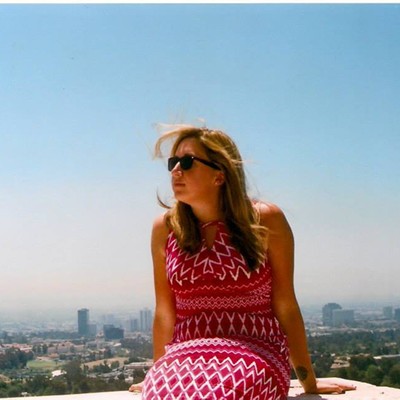Colorado doesn't actually maintain 300 days of sunshine, even though the state uses that claim as an unofficial slogan.
First things first: How did the myth begin? "That's a very good question," Doesken says with a laugh. "The first time we found the 300 days of sunshine written about, nothing had ever been measured. That idea dates all the way back to the 1870s, when the 300 days of sunshine were first recorded in writing, and nothing had ever been tested."
According to Nolan, the slogan began as the tease it has remained ever since. Created by a publicist for a railroad company, the idea attracted people from the East to the West. In the 140 years since, it has been tested through considerably more substantial means, though to varying degrees of stringency.
"Originally, it was this magical weather instrument, a beautiful glass ball that measured the sun and literally burned a hole in the paper on the other side of the ball if it was sunny," says Doesken, who has worked at the state Climate Center for 34 years. The science measuring sunshine became more technical as the years went on -- but not much. "Later, they came up with a slightly electronic way that counts the minutes in which the sun is shining -- the sunshine switch."
The sunshine switch, which measures a beam of sunshine and tracks it from sunrise to sunset, found a home in programs in Denver, Pueblo, Grand Junction and Cheyenne. When the technology switched to the more high-tech science conducted mainly at airports, Alamosa, Colorado Springs and others joined the sunshine map. The only problem, then, was the data.
"From that, they calculated the percent possible sunshine using the actual minutes of sunshine per day on average at those place," Doesken says. "The typical output would be between 68 or 72 possible sunshine, while if it were clear all the time it would be 100 percent."
The airport stations take hourly measurements of the clouds and report what percent of the sky is covered. If the results are less than 30 percent, the day is considered a clear one. Thirty to 80 percent fits in the category of a partly cloudy day, and 80 percent or more is just cloudy. In the years after this measurement process began, scientists like Doesken noticed that the state brings in about 110 cloudy days and 120 or so partly cloudy days, and only about 100 to 120 clear days on average.
"When I think about a day of sunshine, I'm thinking of a clear day, but those numbers don't match up," Doesken says. "To be considered a day of sunshine, it really only needed about an hour's worth of sunshine. Using that logic, that's how you could come up with the 300 days of sunshine, which is kind of a Chamber of Commerce definition -- overly generous."
The farther the measurements move south, particularly near Alamosa, the easier it is to come up with 300 days of genuine sunshine, but the numbers don't hold up on average across the state. In Denver, the percent of possible sunshine is approximately 70 percent. The number of clear days, then, is 115, partly cloudy 130 and cloudy 120. It's an exaggeration, but it's still nice weather.
"When I hear people talk about the 300 days of sunshine, I let them say it, but then I say, 'There's a story to go with that,'" Doesken says. "In reality, it's only half of that, which is still really good compared to the rest of the country. We do stick in quite a few overcast days in there, and yesterday and (the day before) are two of them."
More from our Things to Do archive: "50 reasons we're glad we live in Denver and not the United States."











